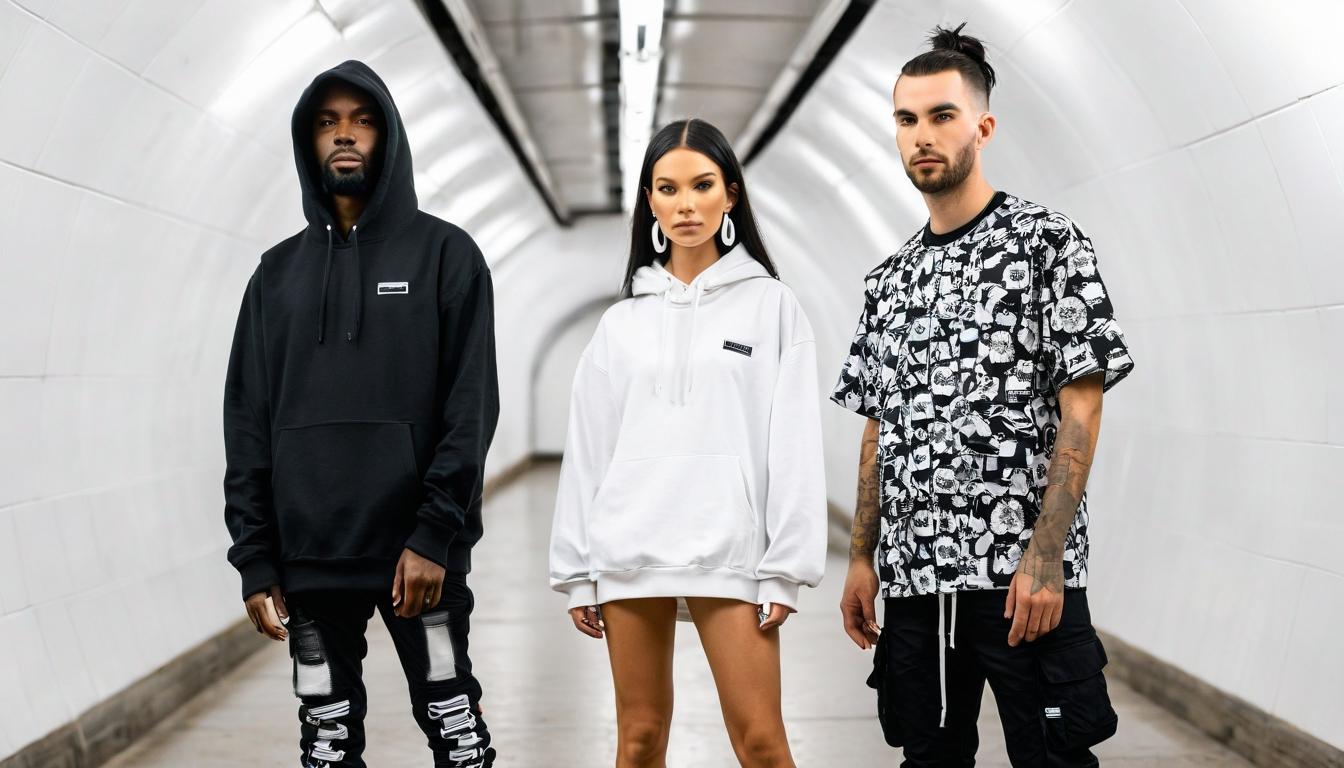In the dimly lit basements of Berlin and the converted warehouses of Detroit, a sonic revolution is brewing that fashion's elite haven't yet noticed. While mainstream publications chase celebrity collaborations and runway theatrics, the real style shifts are happening where basslines shake concrete floors and synthesizers hum through smoke-filled rooms. This isn't just music—it's the heartbeat of fashion's next evolution.
Deep techno and experimental electronic scenes have become the unofficial soundtrack for a generation of designers and style innovators who've grown tired of hip-hop's dominance in streetwear. The minimalist aesthetics of these music scenes—think monochromatic palettes, functional silhouettes, and technical fabrics—are quietly infiltrating collections from emerging labels that operate outside the traditional fashion calendar.
At Berghain's infamous parties, you'll find dancers wearing garments that prioritize movement and utility over logos and branding. Japanese technical wear brands like Cav Empt and Needles have become uniform staples, their intricate detailing and futuristic materials reflecting the complex layers of the music itself. This isn't fashion for Instagram photos; it's clothing designed for hours of dancing and authentic self-expression.
The connection runs deeper than surface aesthetics. Many of these electronic musicians are themselves style icons, crafting visual identities that are as carefully considered as their soundscapes. Artists like Courtesy, Peggy Gou, and Avalon Emerson have developed distinctive looks that blend high-fashion pieces with vintage finds and custom creations, creating a new template for what musical style leadership looks like.
Fashion brands are starting to take notice, but in ways that feel fundamentally different from traditional music collaborations. Instead of slapping artist names on hoodies, companies like A-Cold-Wall* and Martine Rose are designing pieces specifically for DJs and producers, considering everything from pocket placement for USB drives to fabric breathability during extended sets.
The economic impact is becoming impossible to ignore. Record stores in cities like London and Tokyo have expanded to carry limited-edition apparel, creating new retail ecosystems where music and fashion exist symbiotically. Independent labels now release clothing lines alongside vinyl, understanding that their audience sees these expressions as part of the same creative universe.
What makes this movement particularly compelling is its global nature. From South Africa's gqom scene to South Korea's electronic underground, regional variations are creating distinct style dialects that resist homogenization. This isn't American hip-hop culture being exported worldwide; it's multiple local scenes developing simultaneously, each influencing the others through digital connectivity.
The sustainability angle adds another layer of complexity. Many participants in these scenes prioritize vintage clothing and long-term garment care, rejecting fast fashion in favor of pieces that will last through countless nights and years of evolution. This values alignment between musical communities and conscious consumption represents a significant shift from previous music-fashion relationships.
As fashion weeks become increasingly corporate and predictable, the most exciting style innovations are happening far from the spotlight. They're developing in clubs where the music challenges conventions and the clothing facilitates experience rather than spectacle. This underground movement represents not just a trend, but a fundamental rethinking of how music and fashion interact in the digital age.
The next time you see a shift in mainstream style, look to the dance floors first. The future of fashion isn't being sketched in design studios—it's being lived in venues where the bass drops and the style evolves with every beat.
The underground sound shaping streetwear's next wave

